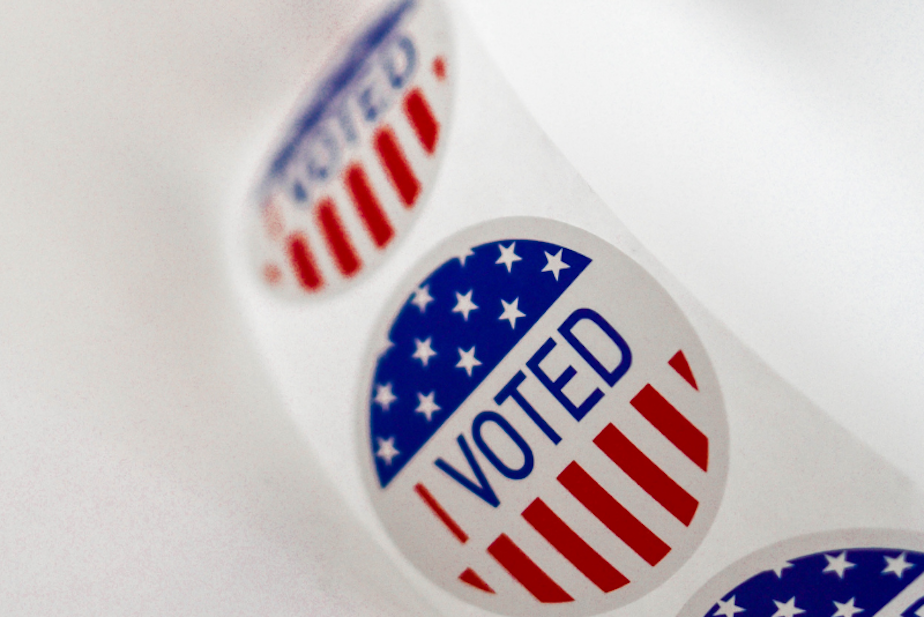Hear it again: the promises and pitfalls of ranked choice voting

The Seattle City Council put ranked choice voting on the general election ballot, giving voters the choice of changing the way elections are conducted for the mayor, city council members, and city attorney.
On Nov. 8, city voters will be able to choose whether they want to adopt ranked choice or approval voting. Both electoral models allow voters to pick multiple candidates, but ranked choice also allows voters to rank their candidates by preference, while approval voting tabulates all votes evenly.
Ranked choice voting isn't widespread in the United States, but it is used internationally and is showing up more in the U.S. Alaska and Maine, for instance, use ranked choice voting for state and federal elections. New York City recently used it for mayoral primaries, and Minneapolis uses ranked choice for municipal elections.
"It's got its strengths and weaknesses like any election system," said Todd Donovan, a political science professor at Western Washington University in Bellingham. "I think that the argument that you can get a majority winner that better represents voter preferences is maybe one of the main arguments people have."
Donovan joined Soundside to explain ranked choice voting and the effects the election system has on voters and candidates. Soundside will cover approval voting in the coming weeks.
This is a shortened version of the original story. You can find the full story by clicking here.





